Queen Elizabeth II of Great Britain has died at the age of 96. She became the longest-reigning monarch in the world. During the 70 years of her reign, the Queen witnessed the rapid development of technology, the conquest of space and the arms race, the collapse of the socialist system and the complete reshaping of the world, economic crises and new wars.
The editorial board of Art of Her recalls the iconic portraits of Her Majesty.
In the entire history of portraiture of members of the royal family, not a single person has been given by artists as much as Elizabeth II. It was written with inspiration, and vice versa, mediocre, on fences and walls of houses, experimentally and avant-garde.
The Young Queen (1952).
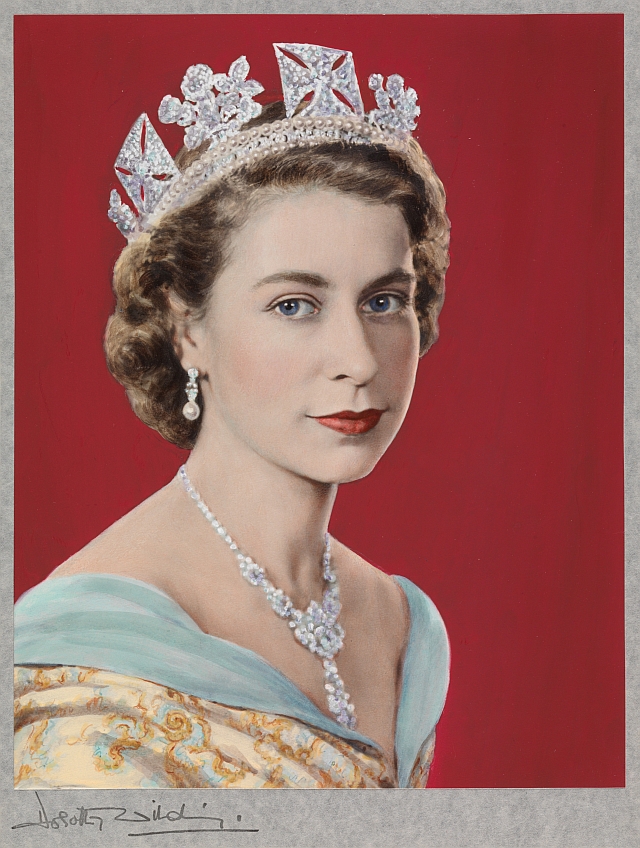
Photographer Dorothy Wilding has made a huge number of portraits of the royal family, notable persons and other famous Englishmen. In her works, she managed to convey not only the image of a majestic royal person, but also the image of a beautiful young woman.
The first official portrait (1953).
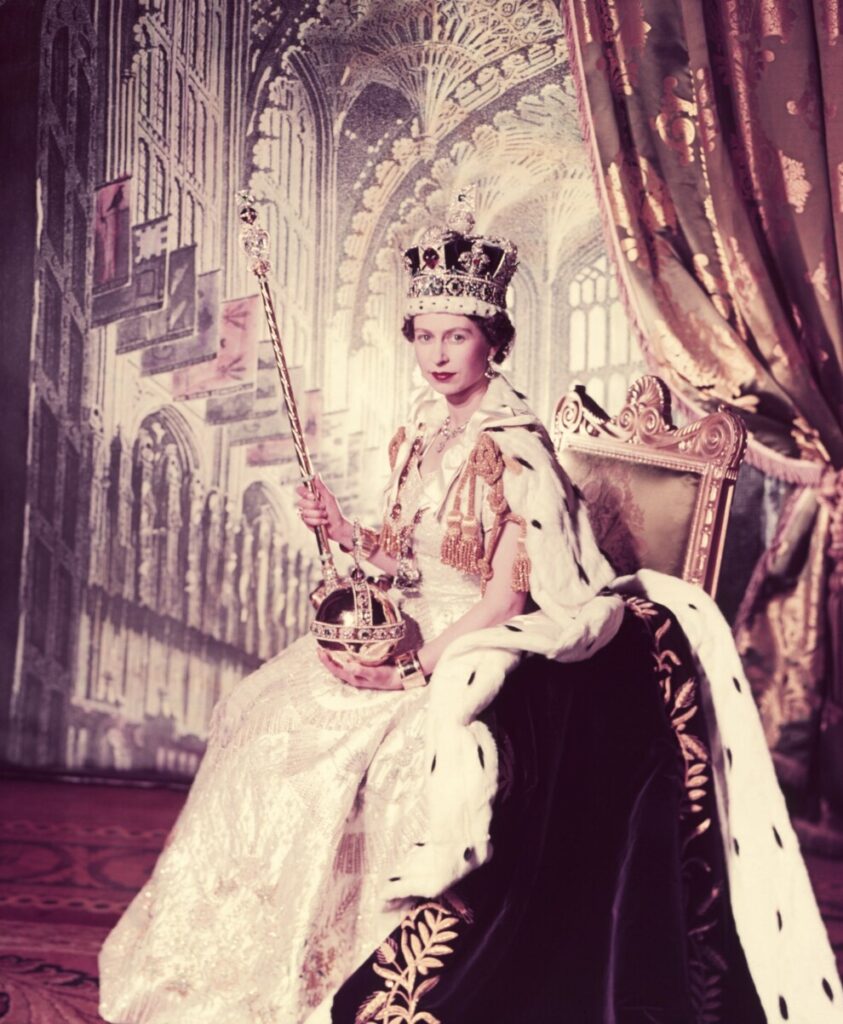
The first official portrait of the young queen was entrusted to photographer Cecil Beaton, who also shot Audrey Hepburn, Marilyn Monroe and Winston Churchill.
Elizabeth, painted by Pietro Annigoni (1956).
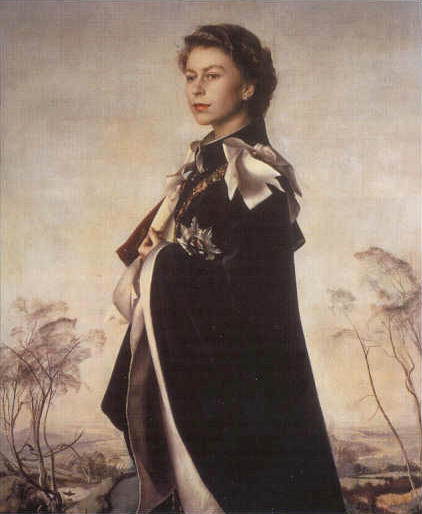
Italian artist Pietro Annigoni painted one of the best, according to critics, royal portraits of the XX century. At first, the work was hard, and the artist could not "grasp" Elizabeth's character, transfer it to the canvas — until she spoke to him in French, telling him how as a child she loved to sit by the window, looking at people and imagining how they live. At that very moment, the artist finally felt inspired, and easily finished the canvas.
Britain for Sale (1966).
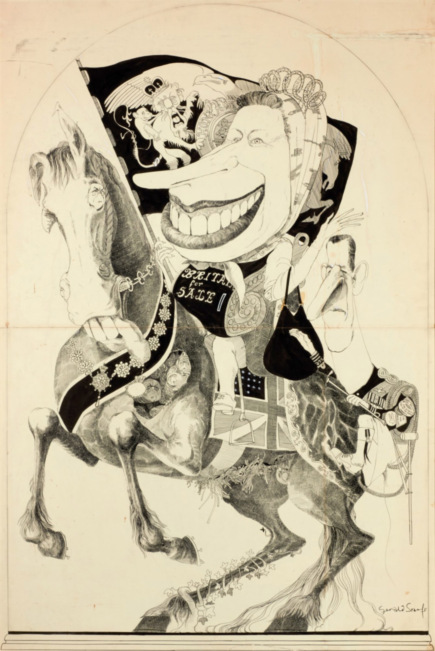
Gerald Scarfe is one of the most famous English cartoonists who, together with Ralph Steadman, formed the visual language for post—war underground satire.
He painted her first portrait in 1966 and later provided a detailed ironic comment — "The Queen can sleep in peace — I never wanted to harm her. I do consider the royal family to be the head of the hierarchical class system that Britain suffers from. The situation is improving, but not much. In 1966, I painted the Queen in her classic headscarf, riding an old nag. Inside the rotting horse, worms and maggots could be seen, similar to Harold Wilson at work. The Duke of Edinburgh clung to the poor animal's decaying backside, and the queen was wearing a sweater with the inscription "Britain for sale" on her back with a wind-up key".
Andy Warhol's Elizabeth II (1985).
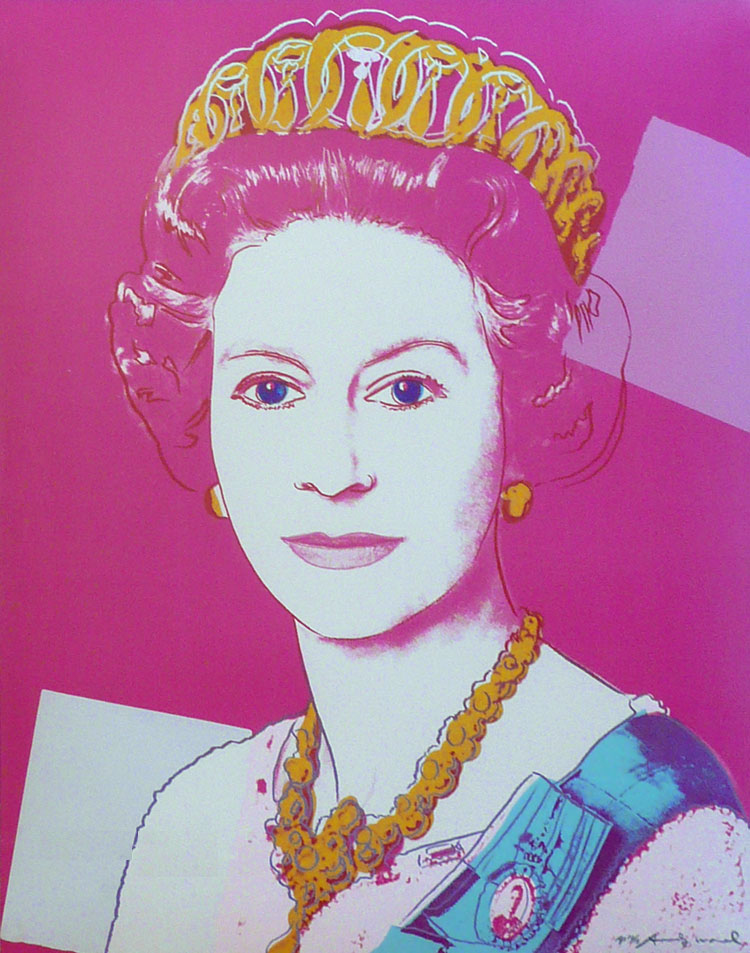
The changing perception of the monarchy was reflected in a variety of styles and trends. The iconic American artist Andy Warhol, who painted in the style of pop art, did not ignore Elizabeth. The genre of "court portrait", the fashion for which Warhol returned to the new, much more democratic times, is a significant part of his art project. Having made the "institute of stars" one of the main subjects of his study, Warhol, of course, could not ignore the old aristocracy, in whose row he entered the stars of his "Factory" — drag Queens, actors, musicians and other representatives of artistic bohemia.
Twenty-seven years after the creation of the series and twenty-five years after Warhol's death, Elizabeth blessed everything. In 2012, she bought four portraits from the series for the Royal Collection of Paintings.
Her Majesty Queen Elizabeth II (2001).
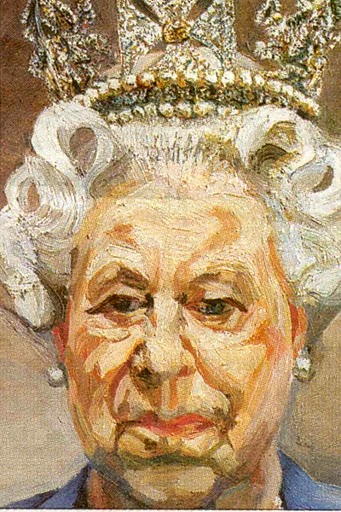
British painter Lucien Freud, a recognized genius of modern art, known for his emotionally intense and surreal paintings, where nudity is often present, in 2001 painted a portrait of Elizabeth II. Critics' opinion about this work was divided: some claimed that it was a masterpiece, others that it was a failure.
The last official portrait of Elizabeth II (2022).

In honor of the 70-year reign in 2022, Buckingham Palace presented a new official portrait of her Majesty, which became the last. The author of the picture was photographer Ranald Mcinchy.
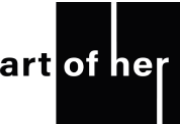
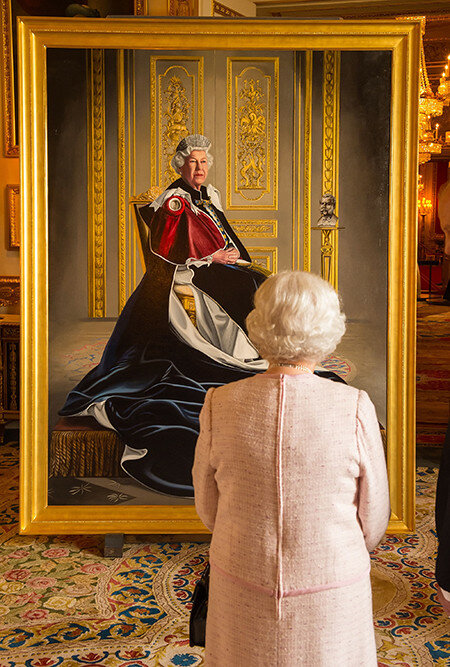
The Voice of Time by Kamil Mullashev: a new solo exhibition of the artist
How much time is left? — Pasha Kas' new job